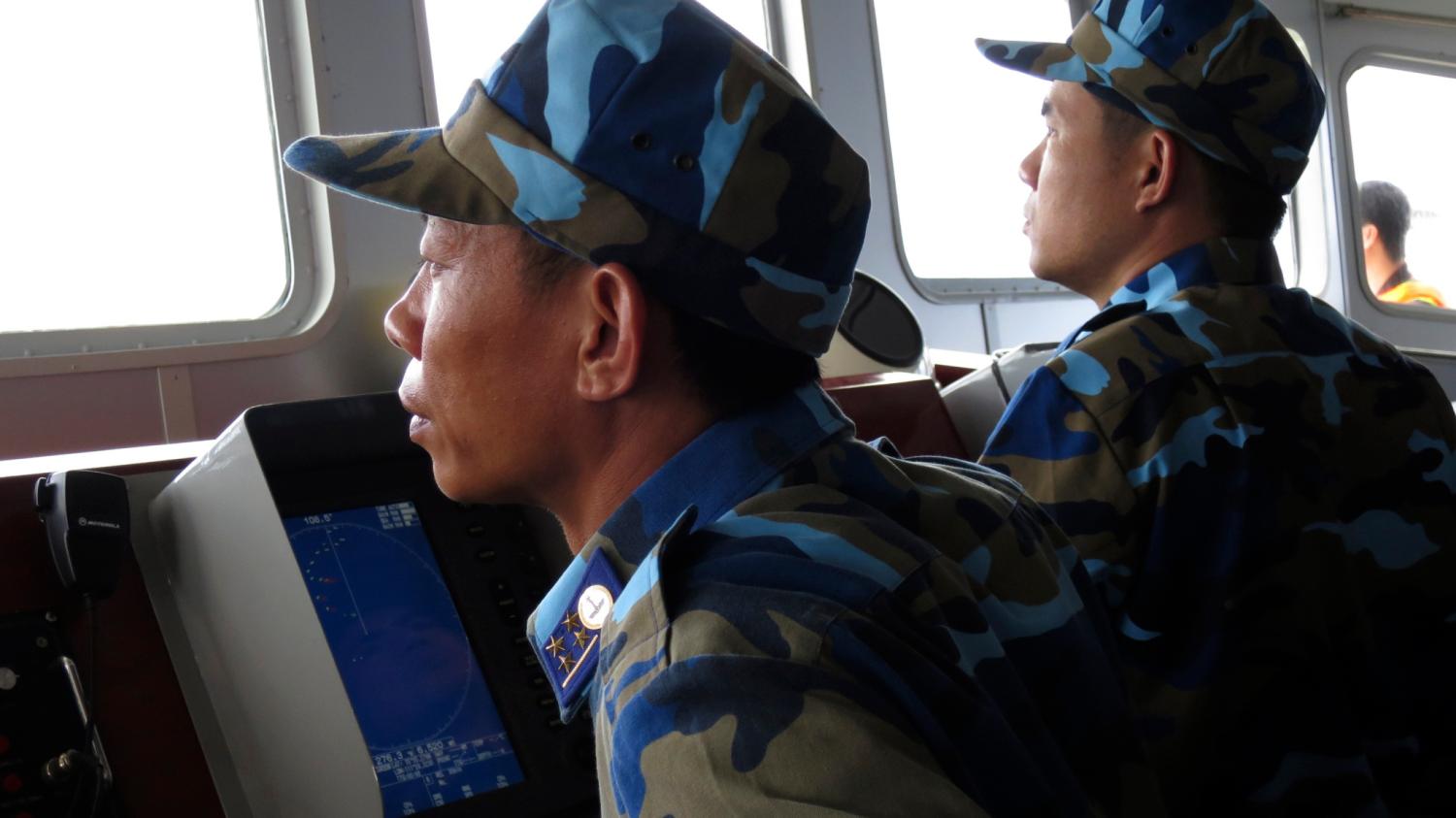The dispute involving China, Taiwan, and four Southeast Asian countries over territorial sovereignty and maritime rights in the South China Sea has been described as one of the world’s most complex and intractable international relations problems. Despite its regional and international ramifications, there is no clear roadmap for how it should be managed or resolved. The Philippines brought an arbitration claim against China, but the limited nature of the issues before the tribunal means that even if it decides that it has jurisdiction to hear the case, the award will not resolve issues of sovereignty or delimitation of any maritime boundaries. Other attempts to manage potential conflicts, namely, seeking a binding Code of Conduct, a moratorium or “freeze” on provocative activities, as well as greater cooperation between claimants, including joint development, have all foundered. Despite China’s recent indication that it is willing to reconsider the Code of Conduct and push for greater cooperation, significant hurdles lie ahead.
This paper argues that claimants should jointly define exclusive economic zone (EEZ) claims from the largest islands in the South China Sea on a “without prejudice” basis as a means to get around the current political and diplomatic impasse. It builds on an earlier proposal by Robert Beckman and Clive Schofield for China to define EEZ claims from the largest islands so that undisputed areas, which ASEAN claimants can develop unencumbered, as well as areas of overlapping claims, where joint development can take place, are clearly identified.
Defining EEZ claims from the largest islands is complementary to the other plans for conflict management since they all require agreement on the area over which they are to apply. The process required to jointly define claims could also foster the trust necessary for other cooperative arrangements and encourage claimants to limit provocative activities that are heightening tensions.
Adopting this proposal would require compromise and political will on the part of all claimants, where rising nationalism complicates matters. Yet, rolling back nationalism or at least reinterpreting what such sentiment should mean in the context of the South China Sea is possible. ASEAN claimants have a strong interest in accepting the proposal since they are increasingly losing leverage to China, particularly in light of recent reports of its large-scale land reclamation works in the Spratly Islands. Adopting the proposal is also in China’s interests not least because it helps the country achieve its strategic objectives in the region.
A joint initiative to clarify claims would involve the following broad steps:
-
- Claimants explicitly stating that defining EEZ claims from the largest islands and any subsequent delimitation between overlapping EEZs is a “provisional arrangement of a practical nature” that will have no effect on the final determination of sovereignty claims or the delimitation of maritime boundaries.
- Claimants together appointing a group of independent experts and agreeing on their terms of reference.
- Independent experts coming to agreement on broad criteria for what constitutes an island capable of sustaining human habitation or economic life.
- Experts agreeing on how to approach a land feature on which works have been carried out.
- Independent experts determining the status of land features, their baselines and their maritime entitlements.
- Claimants agreeing on whether delimitation in the case of overlapping EEZs should be the equidistance line or something that gives islands only partial effect.



